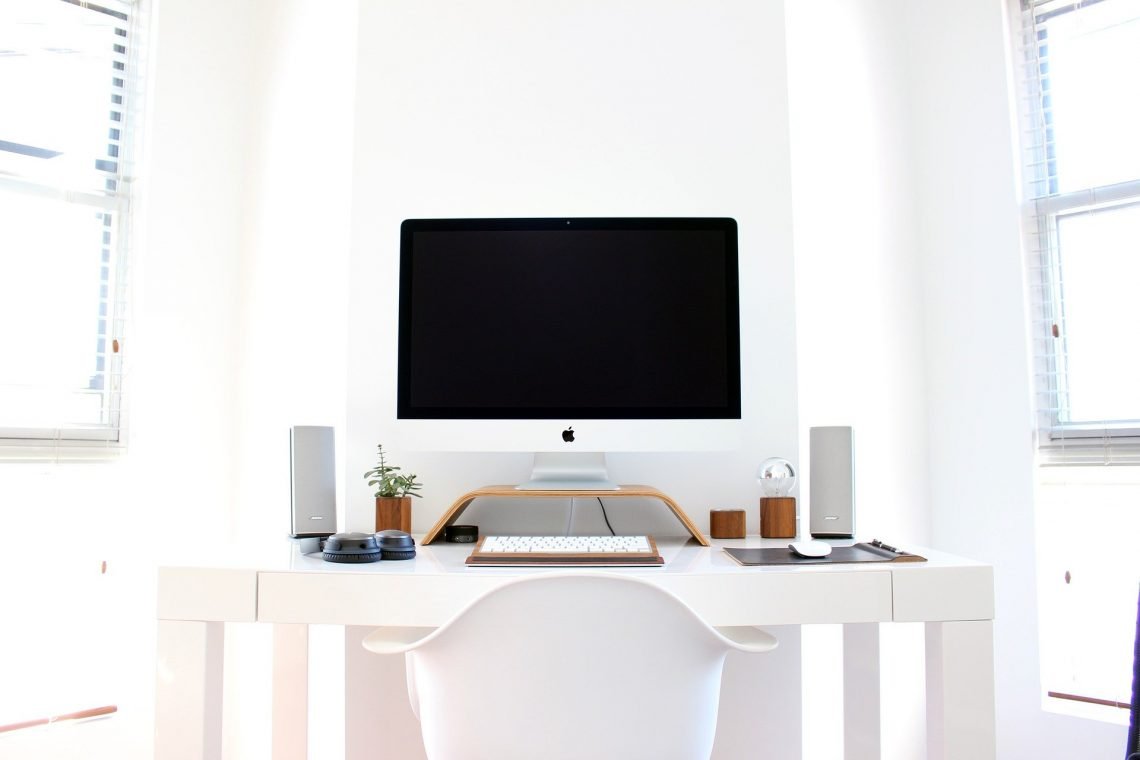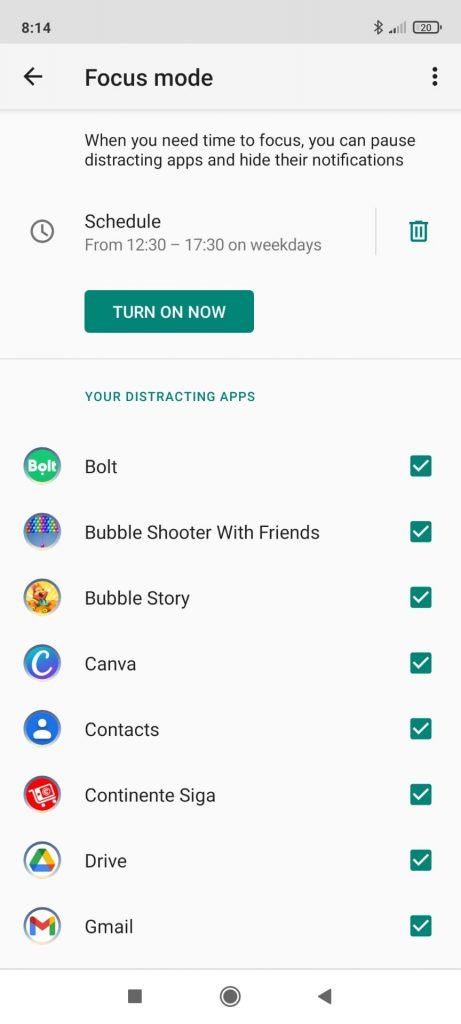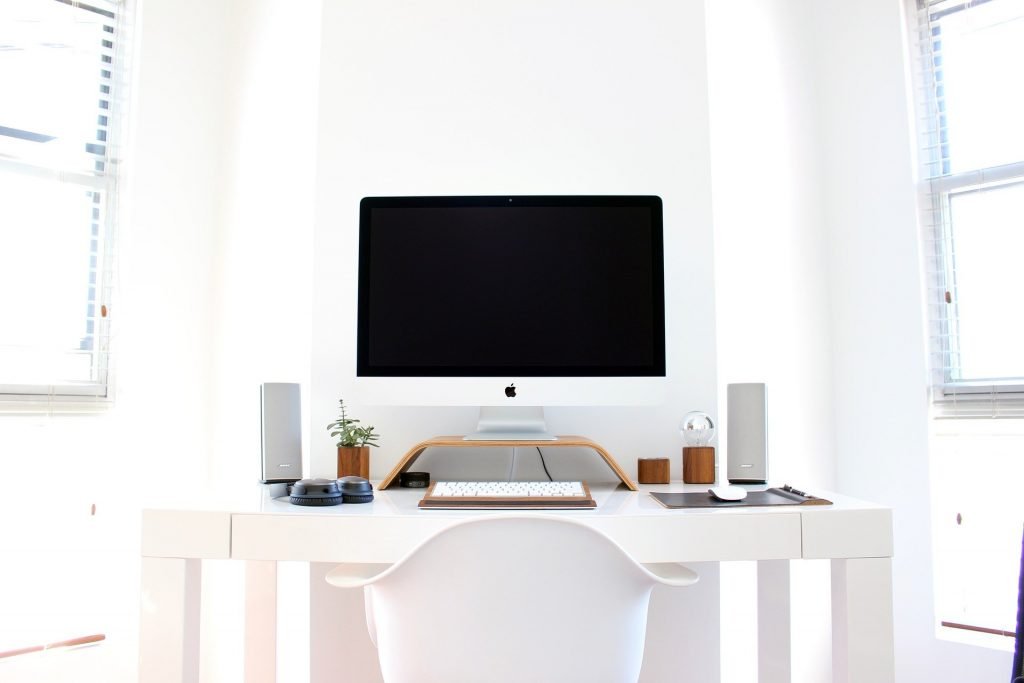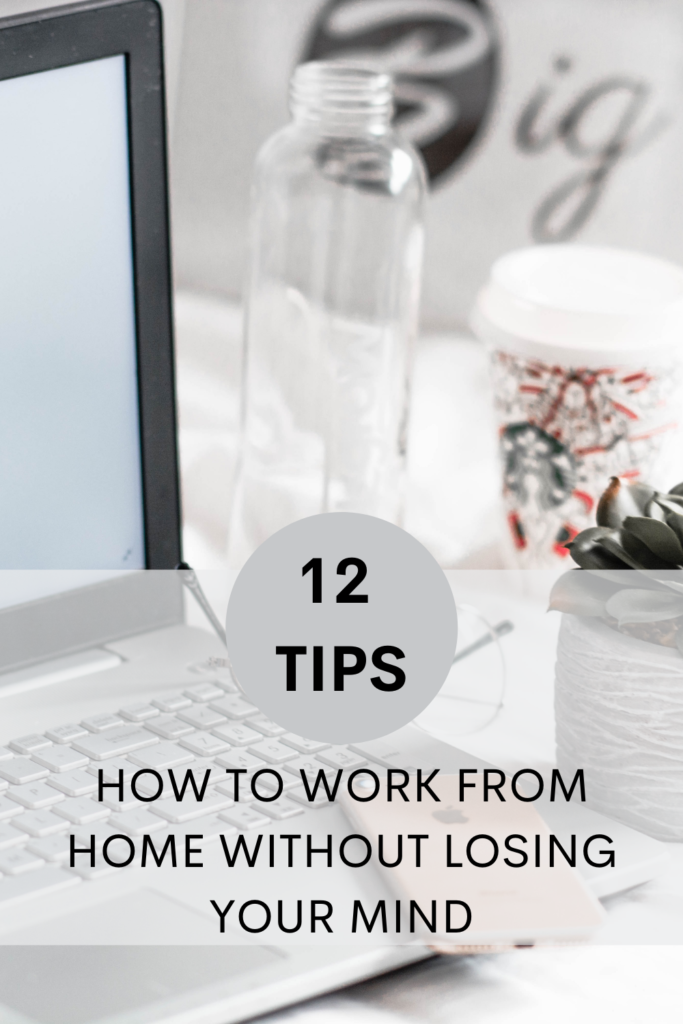
12 Tips On How To Work From Home Without Going Crazy
I’ve been working from home for ten years now (on and off) as a self-employed translator, English teacher, and writer. As such, I know that working from home has certain benefits but also certain setbacks.
The setbacks that I’ve experienced as a mum working from home are:
- distractions
- not seeing people
- not being able to switch off from work
- not exercising enough
From my conversations with other people who also work from home, I realize these issues are pretty common.
I don’t think these setbacks need to put people off from working from home, however. We just need to find ways to get around the setbacks and adopt certain strategies that will help us thrive when working from home:
So here are my twelve tips on working from home.
1. Exercise

This is true for any job that involves sedentary work, but I think it’s easier to plonk yourself down for hours when you work from home because you don’t have meetings to get up and go to (or a tempting coffee machine nearby 😂).
Try setting a timer to go off every hour, so you get up and walk around for three or four minutes. You can create little tasks to do when you get up like putting a load of washing on or making a cup of tea.
It’s also important to do focused exercise at least once a day (this could be doing a 20-minute walk, weight lifting, gymnastics, basically anything you enjoy doing and that works for you).
2. Get out

If you’re self-employed, you can work from anywhere as long as you have your work tools and you can concentrate.
At the moment I go out to work at the coffee shop two or three times a week, just to get away from the house and see people. I actually achieve two goals by doing this: I walk for about 25 minutes (there and back again) and I get out of the house and see other human beings!
If you prefer not to work in a public indoor space and/or you can’t due to covid-19 restrictions, why not try working in a park or a garden for an hour a day? The change of scenery will inspire you.
If none of these options is doable for you because of the nature of your work, try to go out at the end of your workday. Even if it’s just for a drive or to meet someone. This leads me on to…
3. See people

I know we live in times of social distancing, but seeing people doesn’t require socializing. You could simply go out for a walk, or go to a local shop to buy bread.
In terms of socializing, though, try to keep in contact with your friends and family whenever you’re off work, for example, in the evenings or at the weekends.
At the moment, my main social engagements happen at the weekends, but I obviously spend time every day with my husband and children after school and work. We make a point of eating dinner together every evening, which is great for our relationship.
4. Get rid of distractions

Try eliminating all distractions when you’re working (or as many as you can according to your own particular circumstances). In my case, this means I turn off social media, and I schedule housework for before and after work. Do whatever needs to be done so that when it’s work time you can focus, and then you can rest when it’s leisure time.
5. Choose a routine that works for you

Routines are important for most people when it comes to work-life. Yes, if you’re at home, you can have more flexibility (especially if you need to have online meetings with people across the globe) but try to establish a weekly schedule and only deviate it if it’s really necessary. That doesn’t mean each day has to be the same!
For instance, you could do:
- Mondays: 9 a.m. – 5 p.m. (30 minutes for lunch)
- Tuesdays: 6.30 a.m. – 8 a.m. / 9 a.m. – 3.15 p.m. (15 minutes for lunch)
- Wednesdays: 8 a.m. – 4 p.m. (30 minutes for lunch)
- Thursdays: 8.30 a.m. – 3.30 p.m / 5 p.m. – 6.30 p.m (an hour for lunch)
- Fridays – 6 a.m – 8 a.m / 9.00 – 3 p.m. (30 minutes for lunch)
The main thing is that you have your schedule written down and you follow it.
My current weekly schedule is:
Monday to Friday:
- 7 a.m. – 7.40 a.m.
- 09.30 – 3.15 (25 minutes for lunch)
- Monday- Thursday evenings – 8.15 p.m. – 9.15 p.m.
- Saturday – 7 a.m.- 8 a.m.
(Occasionally, I’ll also work an hour or two on Saturday afternoons.)
My schedule is like this because my children, Abby, Priscila and Daniel, leave school at 3.30 and we spend the afternoon doing extra-curricular activities and house chores or going for a walk if they need to use up some energy. 🤣
6. Set up dedicated workspaces

For a long time I used to work in the living room, but recently I realized I was finding it increasingly difficult to switch off from work when the kids were home and we were in the living room. So, now I’ve created three dedicated workspaces in the house.
I work at a desk in the garage for part of my workday; I work at the kitchen table for another part, and sometimes I work from a comfy chair in Daniel’s room.
I also work at a table in the garden when it’s sunny, and I work at local coffee shops two or three mornings a week.
7. Listen to Podcasts

When you’re self-employed, it’s easy to feel a bit isolated so anything you can do to help you feel there are other people who do the same work as you is beneficial.
As a writer, I love listening to podcasts about the craft of writing, as well as the business of writing. How do you fit that into your workday? You may be wondering.
Well, I usually listen to podcasts before my workday – from 8.45 to about 9.15 or 9.30 (depending on whether I’m staying at home that morning or going out to work at a coffee shop). I usually do my TOMM cleaning at the same time.
8. Do online training

Doing training is a great way to learn new skills or improve the ones you have, while simultaneously connecting you with people who work in the same profession.
I do training courses while I’m having my lunch break, or on my free evenings, and I’ve found that they really encourage me in my writing career.
9. Disconnect

With the scale of global digitalization, I believe we all need to learn to disconnect, especially when our work is at the push of a button.
When you work from home, it’s hard to establish work/life boundaries, and that’s why it’s so important that you disconnect when you’re outside your work schedule. This may mean turning the internet off your phone or simply disabling notifications. Do whatever it takes to disconnect.
To be honest I’ve sometimes struggled with disconnecting from my blog’s social media accounts during my leisure time. That’s why I’ve recently adopted three strategies to help me disconnect:
- setting up “focus mode” on my phone – this disables distracting apps, and it’s completely customisable;
- signing out of my Instagram profile – I need some notifications turned on so this is the best strategy for when I’m off duty;
- turning my phone off – I do this when I get to the end of my tether with technology! 🤣
10. Learn to set boundaries

Establish boundaries regarding the rooms of your house that you will use for work and the ones that you will use for rest and leisure.
What I did recently was that I established two rooms in the house that are only for rest: mine and my husband’s bedroom, and the living room. The former because it’s a room for rest and sleep, and the latter because it’s a room for leisure and family time.
11. Contact with nature

This is important for anyone who does indoor work, but especially so if you’re not going out of the house to commute to work.
As someone who works from home, what I do is that I sometimes work in outdoor cafes and parks, and I go for walks with the children when they finish school.
Do whatever works for you, but make sure that you spend at least fifteen minutes outside every day.
Also, try to get some sun! Or take some vitamin D supplements. This will improve your overall mood and energy levels.
12. Work in natural light

Try to work in rooms that have a good amount of natural light. This will help your body’s circadian rhythms and help your brain learn when it’s activity time and when it’s rest time.
It’s because of this that I don’t work in my basement during the day. Instead, I’ve set up a desk and office chair in my garage, as it gets plenty of natural light with the door open to the outside.
Conclusion
If you want to work from home without going crazy, there are several tips you can follow to help you still have contact with people and nature and to help provide boundaries between family life and work life.
One great thing about these tips is that you can do several of them at once. For example, you could walk to a park or to an outside coffee shop to work and achieve the following:
- have contact with nature
- do exercise
- work in natural light
- get out and see people
So what are your tips for working from home? As always, let me know in the comments.
Did you like this post? Share or pin it!





